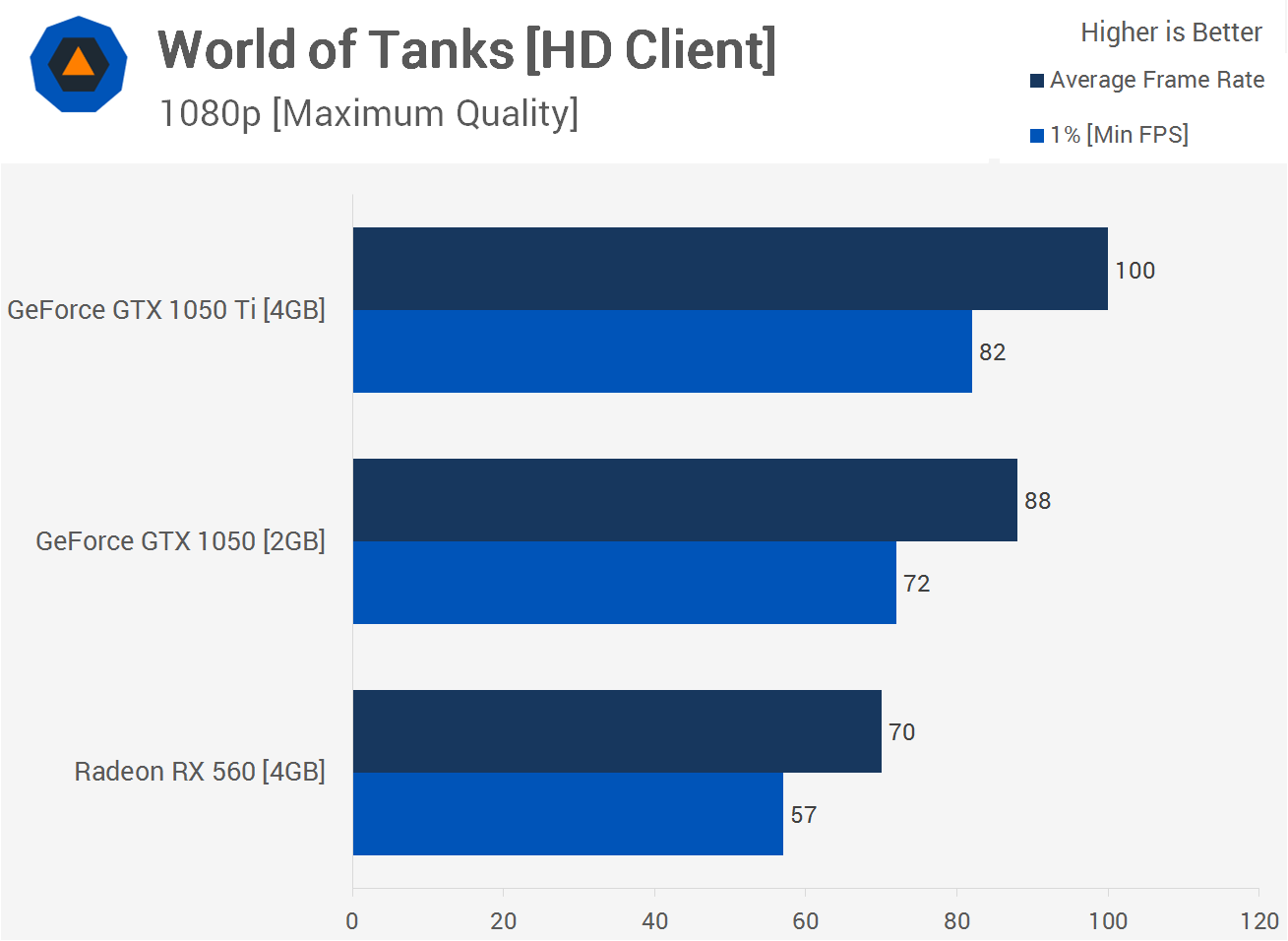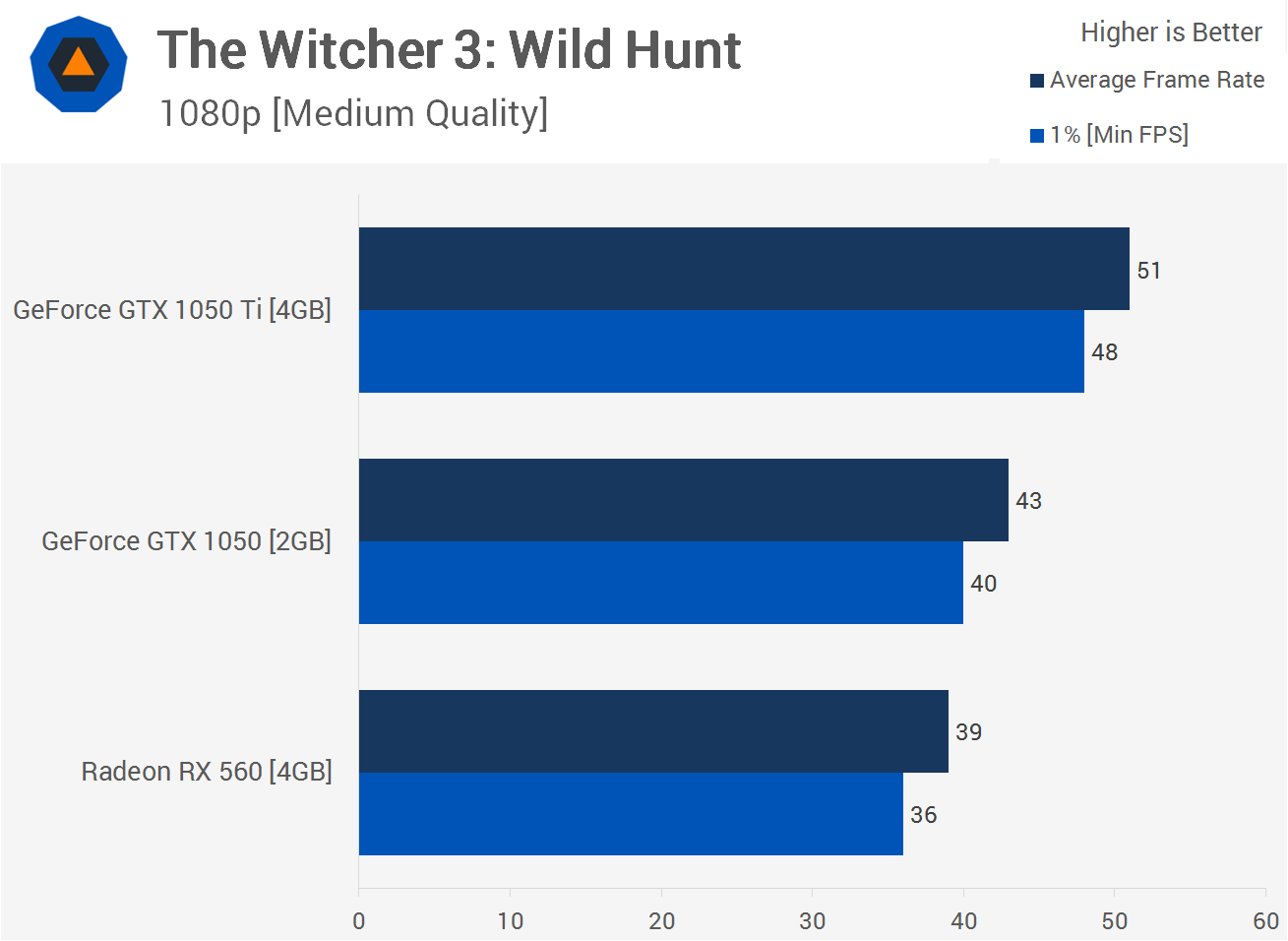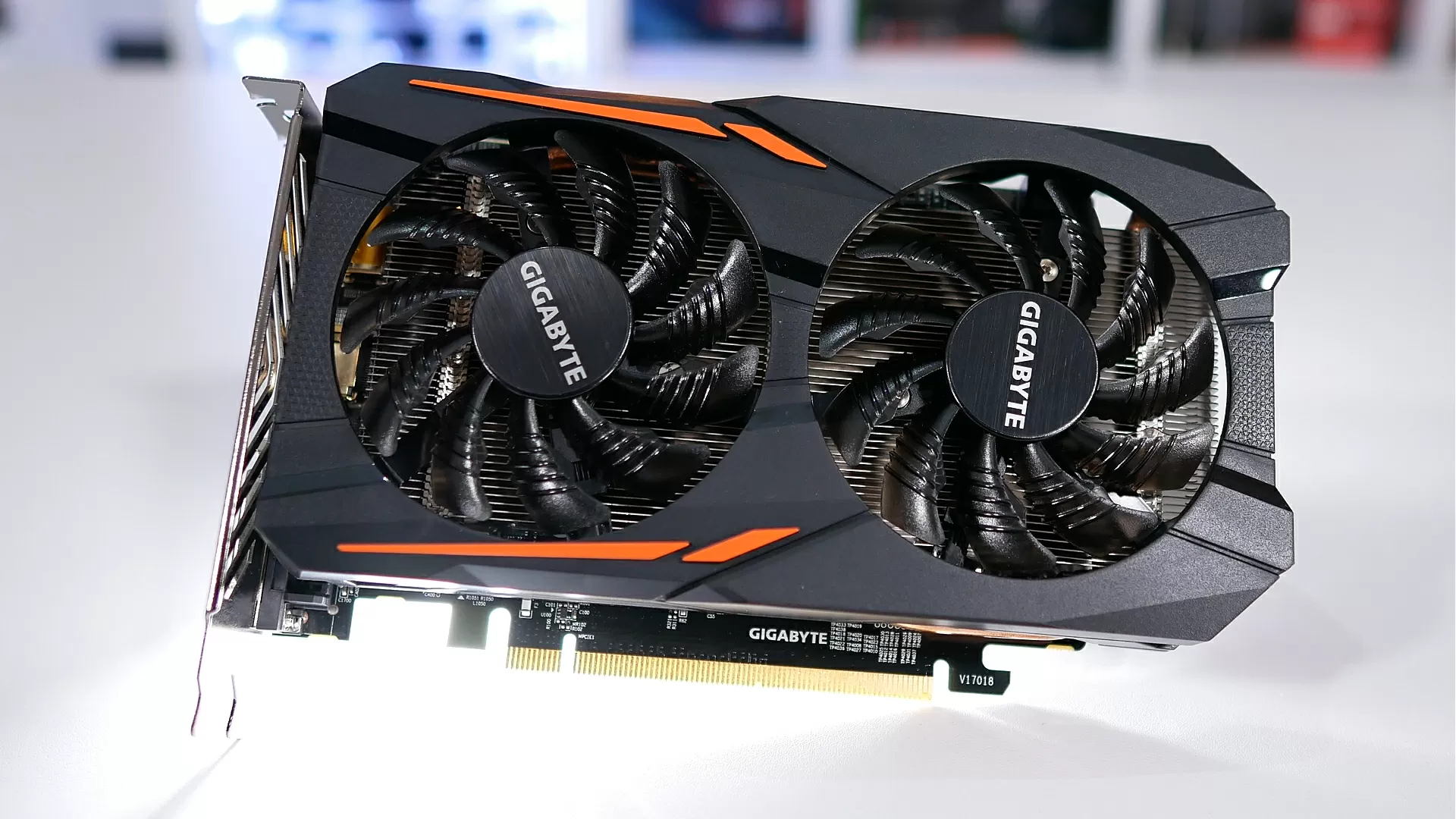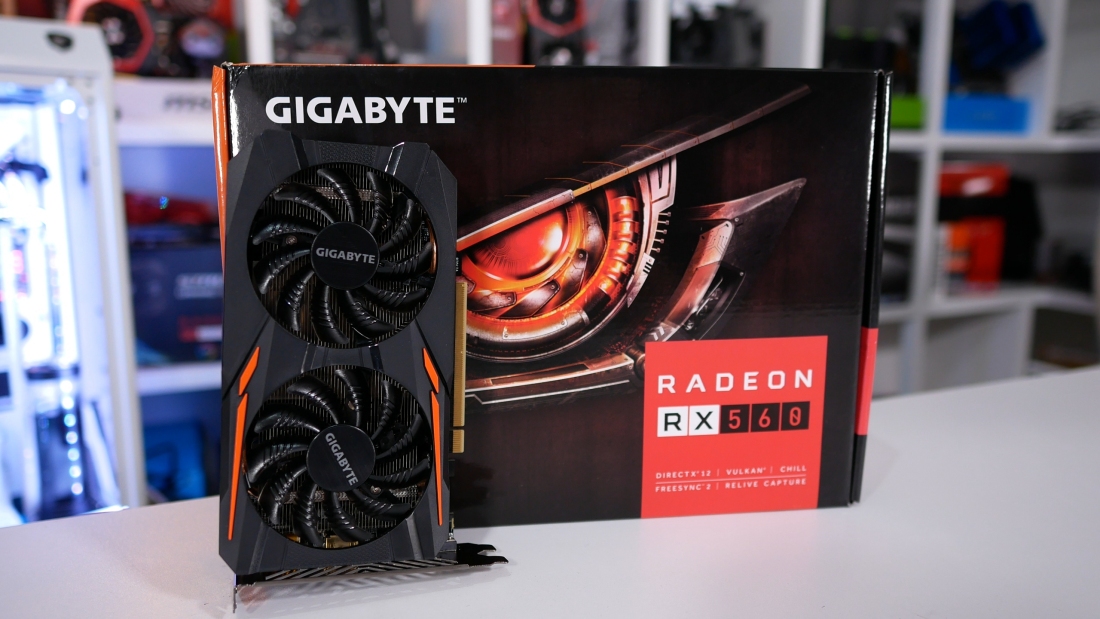Late last year I set out to crown the best entry-class graphics card by comparing the Radeon RX 460, GeForce GTX 1050 and 1050 Ti in 24 games, which concluded in a victory for Nvidia as its GTX 1050 handily dispatched the RX 460, offering about 18% more performance.
After such a decisive win, why would we bother hosting a rematch?
Since then, AMD has improved its drivers dramatically for the RX 460 in addition to sponsoring several popular triple-A titles and launching the updated, fully enabled RX 560 for the same $100 as its predecessor.
As you may know, the Radeon RX 460 was not the full Polaris 11 silicon, with just 896 cores enabled. This was discovered when some sneaky enthusiasts found a way to unlock all 1024 cores using a modified BIOS.
You might be wondering why AMD would manufacture a 123mm2 GPU consisting of three billion transistors only to not enable all of the cores? The primary reason is likely down to yields. AMD probably wasn't seeing the success rate they would have liked initially, and so mass manufacturing RX 460s with 1024 cores enabled was not cost effective.
GPUs with a certain amount of defective cores are usually binned as lower-end parts. The failed cores are disabled and it gets sold as a part with a lower core count. Now that the 14nm process has matured, AMD is inevitably seeing a higher success rate and therefore producing fully enabled Polaris 11 parts is now viable.
Enter the Radeon RX 560, AMD's last ditch effort to reclaim the entry-level market segment for this generation. Compared to the previous iteration, the RX 560 packs 14% more cores and they're clocked 6% higher for good measure. But the GTX 1050 was 18% faster than its predecessor which is no small margin, so it'll be interesting to see what this means for the RX 560.
To find out, I've tested both GPUs using 30 games, all of which have been tweaked using appropriate presets ranging from low to high depending on the title. All testing was conducted at 1080p using a Ryzen 5 1400 test system. The CPU wasn't overclocked and was only pared with 8GB of DDR4-2666 – a realistic hardware configuration for this GPU price range, but without the risk of heavily bottlenecking the GPUs.
One thing worth noting is that I could only get my hands on a 4GB version of the RX 560 as buying an AMD graphics card is difficult right now with the latest mining boom. The buffer shouldn't influence performance anyway. The only game where this might give the RX 560 an advantage over the 2GB GTX 1050 is Doom, which is unusual with its memory usage.
Please do note, I strongly recommend shoppers to avoid 4GB RX 560s because the GPU really isn't powerful enough to properly utilize that much memory. This makes the price premium for 4GB versions impossible to justify in my opinion, so please opt for a 2GB RX 560, which should cost $100 or less. On to the benchmarks...
Test System Specs & Memory
- AMD Ryzen 5 1400
- Asrock X370 Taichi
- 16GB DDR4-3200 RAM
- Samsung SSD 850 Evo 2TB
- Gigabyte GTX 1050 Ti 4GB
- Gigabyte GTX 1050 2GB
- Gigabyte RX 560 4GB
- Windows 10 Pro 64-bit
- GeForce Game Ready Driver 382.53
- Crimson ReLive Edition 17.6.2

Kick starting our testing is World of Tanks, which is using the updated HD client. This game isn't hugely demanding despite looking pretty decent for what it is. Here, the GTX 1050 is quite a bit faster than the RX 560, delivering 26% more performance, but the RX 560 did push over 60fps for the most part, so performance at 1080p was quite acceptable. Still, the GTX 1050 is clearly the better option and will allow for smooth gameplay even at 1440p.

Next up we have Grand Theft Auto V and this game provides much more competitive results. Here the GTX 1050 was just 4% faster than the RX 560 while the 1050 Ti was only 5% faster than the vanilla 1050. All quality options were set to normal, MSAA was disabled and all the advanced graphics options were able disabled. This allowed for playable performance at 1080p for these GPUs.

The Witcher 3 is the last pre-2016 title that I have tested with and yet again we find another old release that favors the green team. This time the GTX 1050 was 10% faster than the RX 560, though it has to be said with HairWorks disabled and only the medium quality settings enabled at 1080p, performance wasn't overly impressive with either GPU.

Rise of the Tomb Raider provides the RX 560 with its first win – sort of. The minimum frame rate was slightly higher for the Radeon graphics card while both churned out 47fps on average and the GTX 1050 Ti provided an additional 17% performance hitting 55fps.

Ashes of the Singularity has been included and as you might expect, the RX 560 is able to close in on the GTX 1050 for this one. That said, performance was much the same using either GPU, so we have a tie here.

Testing with Dirt 4 shows that the RX 560 is able to roughly match the GTX 1050.



